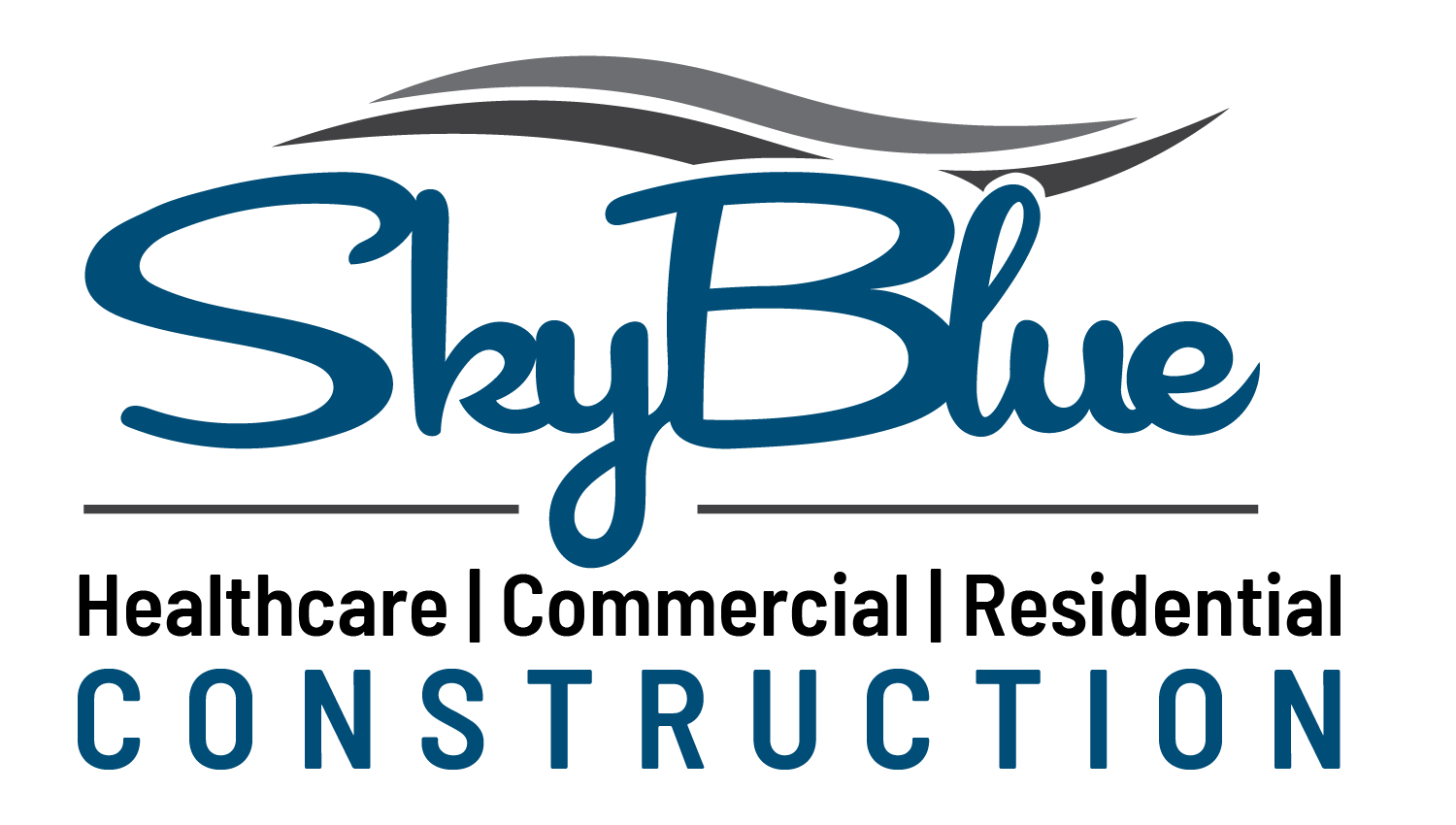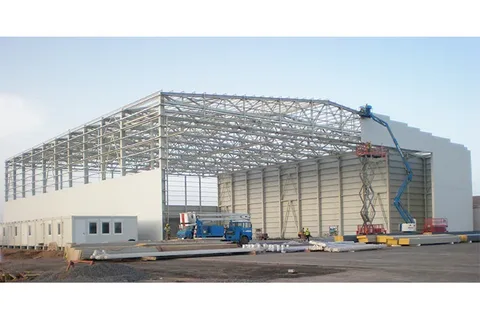Skyblue Construction provides a full range of warehouse construction in Calgary, and they know that the modern warehouse needs complex planning and implementation. The strategic significance of warehouses in the Calgary economy is bound to increase with e-commerce and the need to ensure efficiency in supply chains. We have experience in all aspects of site selection, from the ultimate commissioning.
Strategic Site Selection for Warehouses
Location and Transportation Access
The best sites of warehouses strike a balance between accessibility to warehouses and the cost of operations. The location is proximate to major highways and mainly the Trans-Canada Highway and Stoney Trail, which promote truck movements. Bulk material handling and intermodal operations take advantage of rail access. The construction of warehouses near Calgary International Airport is a good fit in terms of time-sensitive distribution operations. Industrial zones offer the right zoning without compromising access to the labor force.
Zoning and Land Requirements
The municipal zoning laws define the permissible use, height of building structures, and functional aspects. Lot size should be able to fit building footprint, truck courts, employee parking, and even expansion. Environmental surveys determine possible contamination of the environment that needs to be remedied. The availability of utility has an impact on operational capabilities and development costs.
Structural Design Specifications
Clear Span Construction
Contemporary warehouses can make the most out of available space by using clear span design removing interior columns. Structural steel frames provide strength, supporting long spans and heavy roof loads. Warehouse construction in Calgary typically incorporates 32-40 foot clear heights, maximizing vertical storage capacity. Ready-made metal structures can be used to solve non-specialized warehouse needs at a low cost.
Foundation and Floor Systems
Foundation designs account for Calgary’s frost conditions, requiring footings below the frost line. Concrete slab-on-grade floors must support heavy racking loads and material handling equipment. The super-flat floor specifications support the use of wire-guided equipment in narrow-aisle operations. Water accumulation and frost heaving are avoided by proper drainage.
Climate Considerations for Calgary Warehouses
Building Envelope Performance
Insulated metal panels provide excellent thermal performance with rapid installation. Roof systems handle thermal movement while maintaining waterproofing integrity. Warehouse construction in Calgary requires vapor barriers to prevent condensation within wall assemblies. Thermal bridging reduction minimizes heat loss and prevents condensation issues.
Snow Load and Wind Resistance
Calgary’s climate demands roof structures supporting 50-55 pounds per square foot snow loads. Wind uplift resistance prevents roof damage during Chinook conditions. Proper drainage systems handle rapid snowmelt, preventing water infiltration. Roof access points facilitate snow removal when necessary.
Loading Dock Design and Configuration
Dock Equipment Specifications
Docks loading involves a lot of planning and streamlining of operations. Dock levelers fill the gaps in heights between trailers and floors in a warehouse. During loading processes, vehicle restraints are used to ensure that trailers cannot move around. Warehouse construction in Calgary incorporates dock seals or shelters, minimizing energy loss. Overhead doors must withstand frequent use in harsh conditions.
Truck Court Planning
Adequate truck court dimensions accommodate modern 53-foot trailers. Turning radii allow efficient maneuvering without excessive backing. Staging areas provide space for trailer parking and driver facilities. Security features include fencing, gates, and surveillance systems.
Mechanical and Electrical Systems
Heating and Ventilation Requirements
Unit heaters are also highly efficient and are cost-effective in heating large spaces. Destratification fans circulate warm air, thus minimizing the cost of heating. Warehouse construction in Calgary often incorporates energy recovery ventilators, maintaining air quality. Radiant heating systems offer alternative solutions for specific applications.
Lighting and Power Distribution
LED lights that have occupancy sensors conserve energy. Skylight is used as a supplement to artificial light to minimize energy consumption during the day. Electrical distribution supports the current capacity needs with future capacity. Battery charging stations support electric material handling equipment.
Sustainable Design Features
Energy Efficiency Measures
Building envelope optimization reduces heating and cooling demands. Solar-ready roof designs enable future photovoltaic installations. Warehouse construction in Calgary benefits from daylight harvesting, reducing lighting energy. Variable frequency drives on mechanical equipment improve efficiency.
Environmental Considerations
Stormwater management systems prevent site runoff pollution. Native landscaping reduces irrigation requirements. Recycled materials reduce environmental impact. Waste diversion programs minimize construction landfill contributions.
Specialized Warehouse Types
Cold Storage Facilities
Refrigerated warehouses require specialized insulation and vapor barriers. Multiple temperature zones accommodate different product requirements. Blast freezers enable rapid product freezing. Refrigeration systems must maintain precise temperature control.
Cross-Dock Facilities
Cross-dock operations require numerous dock doors on opposite walls. Minimal storage space focuses on product transfer efficiency. Wide column spacing facilitates material movement.
Skyblue Construction approaches warehouse construction in Calgary with a comprehensive understanding of logistics requirements and local conditions, delivering facilities that enhance supply chain efficiency and provide long-term operational value.


